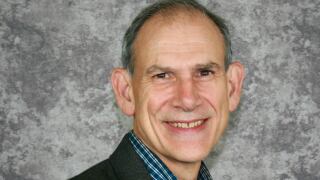The New York Times has a feature called "Fixes" in which the daily highlights people who are proposing solutions to problems, rather than causing them, as many of the paper's subjects do.
For the second year, the Times marked the holidays by highlighting the efforts of five problem solvers. This year, one of them is former Oregon Secretary of State Phil Keisling, a Democrat who served as the state's top elections officer from 1991 to 1999 and oversaw the implementation of Oregon's vote-by-mail system.
Here's what the Times said about Keisling, 64, who retired earlier this year from as director of the Center for Public Service at Portland State University's Hatfield School of Government:
"In next year's elections, all voters in Oregon, Colorado, Washington, Utah and Hawaii will vote at home. California will soon follow. Large parts of North Dakota and Nebraska vote at home. In last year's midterms, 69 percent of all votes in the West were cast by voters who received ballots in the mail," the Times wrote.
"Phil Keisling was Oregon's secretary of state, in charge of elections, when Oregon began home voting in 1998. Now he leads the Vote at Home Institute."
Tina Rosenberg, a co-founder of the Solutions Journalism Project and the writer who highlighted Keisling's work, notes that people who have time to sit and consider their ballots at home are more likely to get past the bold-faced names at the top of the ticket.
"Home voting probably doesn't affect turnout in big elections," Rosenberg concluded. "But it does in local elections, races at the end of the ballot, ballot propositions and judicial elections. Turnout for these elections can be in the single digits. For those races, a ballot on the kitchen table turns many more people into voters. So the answer to whom it helps is: democracy."

